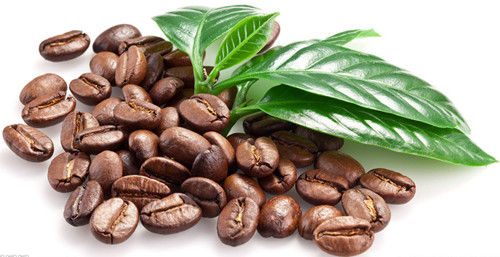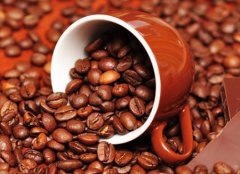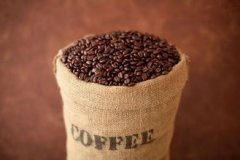Brief introduction of Colombian Fine Coffee beans taste characteristics of Colombian Fine Coffee

It is the second largest coffee producer in the world, accounting for about 12% of the world's annual output, which is much lower than that of Brazil, which is 30% to 35%, but most of them are high-quality mountain-washed beans. Central Colombia is divided into valleys by three north-south longitudinal mountains, of which the central and eastern mountains are the main producers of coffee. The coffee is named after a distributed market, with Medellin, Armenia and Manizales in the Central Mountains and Bogota and Bucaramanga in the eastern mountains.
The most famous Medellin in the Central Mountains has a thick texture, rich aroma and well-balanced sour taste, while Armania and Manizares are not so good, but in the market these three kinds of beans will be regarded as the same kind of beans to circulate, called "MAM". If you buy a bag of MAM, it may be any of these three kinds of beans, it has a texture and flavor similar to Medellin, but not so sour; as for Bukala, it has the characteristics of Sumatra, with thick texture, rich taste and weak sour taste. According to the size of the particles, the highest Columbia beans are "Supremo" and the second are called "Extra", but in the market these two levels are often referred to as the same grade, called Excelso.
The best Colombian beans, similar to Costa rica or Hawaiian Cona beans, are non-extreme coffee, rich in texture, but not as strong as Sumatra; rich in aroma, but not as good as the best Jamaican alpine flavor; sour, but not as sour as Antigua acid. It often has a caramel-like taste, similar to the aroma of pudding, lack of sour fruit, reminiscent of milk pancakes; it is also suitable for blending mixed coffee. Since the 1970s, with the full promotion of the Colombian government, many old trees have been replaced by new species with high yields, but critics believe that the new coffee is milder and more common than the old ones, and its quality is much lower than it used to be.
Important Notice :
前街咖啡 FrontStreet Coffee has moved to new addredd:
FrontStreet Coffee Address: 315,Donghua East Road,GuangZhou
Tel:020 38364473
- Prev

Hawaii Kona Coffee Introduction Hawaii Kona Coffee Taste Features Kona Coffee Region
The world famous Hawaiian Kona is a sweet and sour coffee bean. The unique growth and climate create the perfect taste of Hawaiian Kona: Hawaiian beach, monsoon and volcanic flavor. Hawaiian Kona coffee beans are the most beautiful coffee beans in the world. They are unusually full and shiny. Kona coffee beans are evenly shaped and have intense acidity and sweetness.
- Next

Ethiopian Yega Chefee Coffee introduction Adorto Coffee Dama Coffee Yega Chefe Coffee
Yega Xuefei as an entry-level coffee beans, not how many times it is, but such a price, such a distinct character and taste, as long as it is not too bad bean baker, you know, immediately out of the oven, you can immediately drink the first cup of quality coffee with character. Yega coffee Yega beans are divided into five grades, and the more common beans are Yeh.
Related
- Detailed explanation of Jadeite planting Land in Panamanian Jadeite Manor introduction to the grading system of Jadeite competitive bidding, Red bid, Green bid and Rose Summer
- Story of Coffee planting in Brenka region of Costa Rica Stonehenge Manor anaerobic heavy honey treatment of flavor mouth
- What's on the barrel of Blue Mountain Coffee beans?
- Can American coffee also pull flowers? How to use hot American style to pull out a good-looking pattern?
- Can you make a cold extract with coffee beans? What is the right proportion for cold-extracted coffee formula?
- Indonesian PWN Gold Mandrine Coffee Origin Features Flavor How to Chong? Mandolin coffee is American.
- A brief introduction to the flavor characteristics of Brazilian yellow bourbon coffee beans
- What is the effect of different water quality on the flavor of cold-extracted coffee? What kind of water is best for brewing coffee?
- Why do you think of Rose Summer whenever you mention Panamanian coffee?
- Introduction to the characteristics of authentic blue mountain coffee bean producing areas? What is the CIB Coffee Authority in Jamaica?

